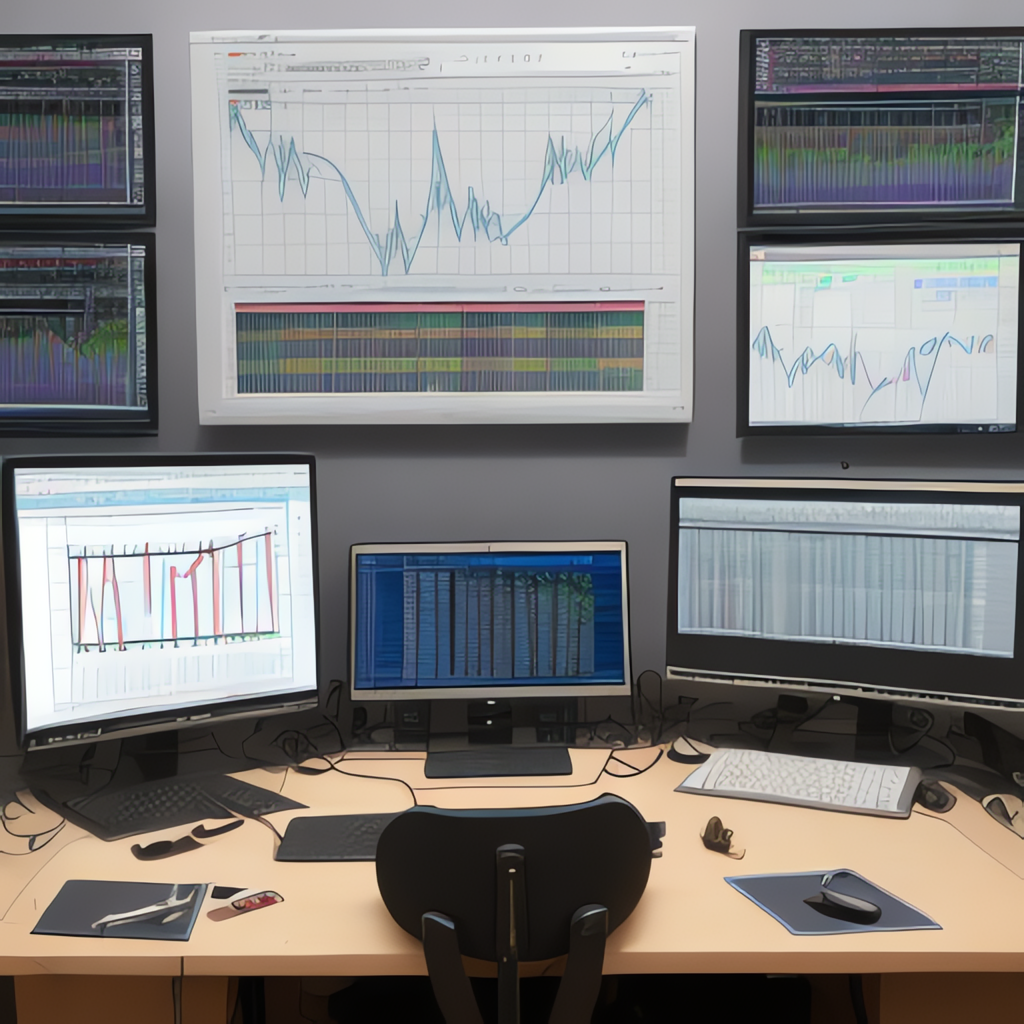Visualizing Data Diversities: An Overview of Chart Types for Communicating Insights
In an era where data is the oil that fuels decision-making, the ability to visualize data effectively becomes crucial. Data visualization is the art and science of turning data into images, plots, and other graphical representations. This visual storytelling not only simplifies complex information but also aids in uncovering trends, patterns, and insights that might otherwise be hidden in numerical data. The correct choice of chart type can make the difference between a compelling narrative and a confusing presentation. Let’s embark on an overview of various chart types, each designed to handle different types of data diversities and convey insights in their unique way.
Bar Charts: The Comparative Standard
Bar charts are the backbone of data representation, particularly useful for comparing different data points across categories. Vertical bars are ideal for displaying discrete categories and showing comparisons or frequencies over time. They stand out for their simplicity and ability to communicate data trends, like increases or decreases in sales over months or quarters.
Types within Bar Charts:
- Single Bar: Simple side-by-side bars for comparing single data points between different groups.
- Grouped Bar: Bars separated by a gap, great for comparing two or more categories at multiple data points.
- Stacked Bar: Bars layered on top of each other to show the composition of separate categories in a whole.
Line Charts: Mapping Trends Over Time
Line charts are perfect for tracking changes in data over continuous periods, such as days, months, or years. They are commonly used in financial and demographic analysis, as they offer a smooth transition that can make trends in a time series more evident.
Types within Line Charts:
- Simple Line: A straight line connecting data points, the most basic line chart.
- Step Line: Jumps from one point to the next, which can be preferable in large datasets to increase readability.
- Smooth Line: A more aesthetically pleasing approach with smooth curves, often used to indicate changes that are less than 90 degrees.
Pie Charts: The Segmented Circle
Pie charts are excellent for illustrating proportions of a whole by dividing the circle into slices. They are ideal when one wants to display market share or demographic breakdowns. However, pie charts can be limited by cognitive bias in larger data sets due to their complexity and the difficulty in comparing multiple slices accurately.
Variations of Pie Charts:
- Standard Pie: Basic circular slices that help to illustrate fractions.
- Exploded Pie: One or more slices are “exploded” out from the center to emphasize a particular piece.
- Percentage Pie: Displaying the percentage at the end of each slice for quick reference.
Scatter Plots: Dots at a Higher Dimension
Scatter plots use dots to represent data points on a two-dimensional plane. They excel at showing the relationship between two variables and are often used to look for patterns or clusters within the data. They are a powerful tool in statistical analysis and can reveal strong correlations or outliers.
Types within Scatter Plots:
- 2D Scatter: Basic scatter plot showing the relationship between two quantitative variables.
- 3D Scatter: Adds an additional quantitative variable on a third axis, though it can be harder to interpret.
Histograms: The Distribution of Data
Histograms are a type of bar chart that represents the distribution of numerical data. They summarize data frequency by dividing the range of values into intervals or bins. Histograms are particularly useful for understanding the distribution, central tendency, and spread of continuous data sets.
Variations of Histograms:
- Standard Histogram: Bars are centered on class intervals and represent counts or percentages of the total.
- Frequency Polygon: Connects midpoints of intervals with line segments to form a continuous curve of data distribution.
Heat Maps: Color-Coded Data Matrices
Heat maps use color gradients to represent data density on a two-dimensional matrix. They are effective for showing variations within a matrix and are often used in weather mapping, financial performance, and other contexts where matrix comparisons are key.
Bubble Charts: The Scale Factor
A bubble chart is an extension of the XY plot, where the size of the bubble visually represents an additional third dimension of data. This makes bubble charts excellent for showing three numeric variables in two dimensions—position and size—usually as a variation on the scatter plot’s function.
Packed Bins: The Alternative to Bar Charts
For comparing items in a dataset where each item’s width is 1, packed bins can be a novel approach. Each item is visually separated, allowing viewers to understand the proportions between different data points.
Radar Charts: The Competition Benchmark
Radar charts are used to compare the variables between several data series. Each variable is represented at equal intervals on common axes around a circle, and each data series takes the shape of a polygon. This is particularly useful for comparing performance across several categories.
In conclusion, choosing the appropriate chart type is not a one-size-fits-all approach. The best chart for a particular dataset is dependent on context, the story you’re trying to tell, and the insight you wish to communicate. By understanding the strengths and limitations of various chart types, data analysts and communicators can present their insights more effectively, making informed decisions in an increasingly data-driven world.
